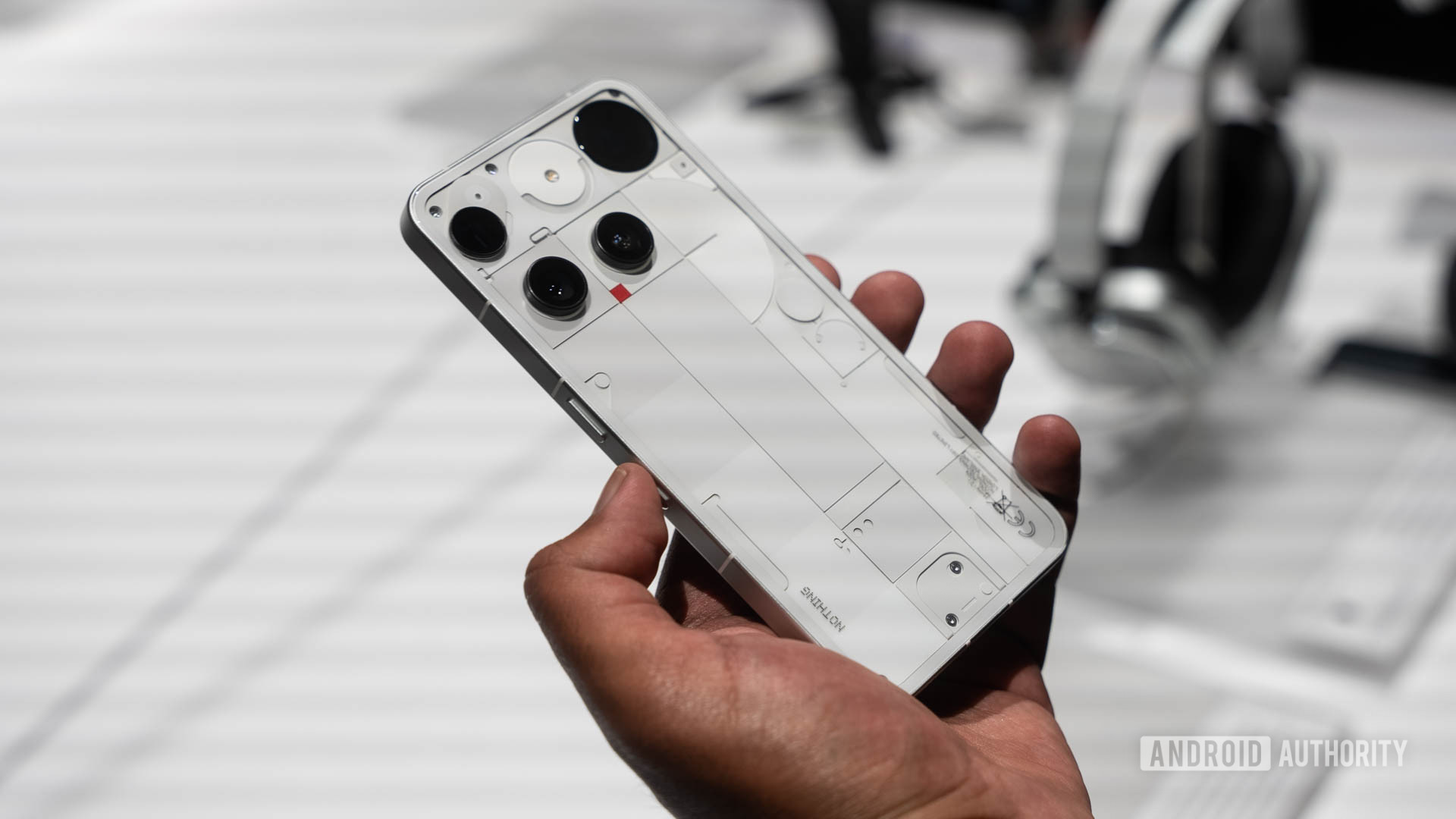
C. Scott Brown / Android Authority
TL;DR
- The latest JerryRigEverything teardown looks into the durability and reparability of the Nothing Phone 3.
- Scratch resistance is nothing to write home about, but the phone withstands bending quite well.
- Getting the rear glass off looks a little challenging, but past that, disassembly goes quite smoothly.
For all the complaints we tend to hear about modern phones not offering nearly enough variety, so far this year has brought us some pleasantly anomalous smartphone hardware. That’s led to plenty of hemming and hawing over devices like the Galaxy S25 Edge and its decision to trade battery endurance for an exceptionally thin build, but maybe the single most controversial handset to launch across the first half of 2025 has been the positively odd-looking Nothing Phone 3.
Curious how such an unusual design might ultimately impact things like build quality, durability, and reparability? Zack from JerryRigEverything is on the case, and his latest video breaks down what you can expect from Nothing’s latest hardware
We start off with some scratch testing and everything proceeds just as you’d expect for a phone with Gorilla Glass 7i — not the most resilient option, but able to avoid damage from objects with a Mohs hardness of 5 or below. The Phone 3’s aluminum frame shows damage pretty plainly, but it’s also strong enough to let the phone resist attempts to bend it in half.
After spending a little time questioning Nothing’s choice of USB support, we finally get to that busy back panel. The protruding camera rings are pretty solidly attached, and don’t look like any are going to get knocked loose. Getting access to the Glyph Matrix takes a little more work, with the display protected under the Phone 3’s rear glass.
Prying that off takes a little work (and brings the camera rings with it) and as Zack starts digging deeper into the Phone 3’s guts we start picking up some more insight into just how the unique Glyph Matrix system is put together — like how its capacitive input button routes communication down through the phone’s charging board.
Once you’re past the glass, everything starts coming apart easily enough, albeit with a lot of screws in your way — some hidden under the phone’s more decorative elements. Even the battery comes out without much of a fight. Everything even goes back together without too much trouble.
Unfortunately, there’s not really much more to spot when it comes to the Glyph Matrix, other than that it lives on its only little circular PCB. That said, we’re still very happy to finally see this weird-looking hardware come apart, so we have a better understanding of how it all comes together.